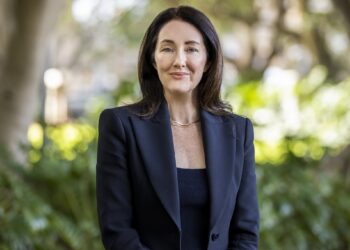Superannuation funds that want to be successful at sustainable investing may need to start from scratch.
That is the outcome of a Towers Watson and Oxford University research project that found super funds often do not know why they are trying to invest sustainably.
If super funds wanted to invest sustainably and achieve a successful outcome, the first step was to revisit the mission statement, according to Towers Watson head of manager research, Hugh Dougherty.
"You need to go back to your belief sets and get buy-ins for that and know why you're there, because every decision … becomes easier if you've got a board and a trustee group that are aligned with each other mentally and explicitly around a belief set," he said.
Dougherty said investors often felt pressured to get on with things and start down a certain track without thinking about the overall structure, philosophy and objective process of their actions.
If super funds did not know why they were investing sustainably, the effort would be half-hearted, Dougherty said.
He said there was a financial argument for taking note of environmental and social governance (ESG) factors in an investment strategy.
"If you just take a finance only perspective on it, there's a sound investment case for doing it," he said.
Strategies to come out of the report included dynamic asset allocation and the use of smart beta portfolios that can be structured around indices constructed on ESG factors.
Dougherty said although only a small percentage of funds paid performance-based fees to asset managers, the practice should be adopted to promote better returns. He said longer-term mandates of a period of at least five years were also necessary to ensure performance.
As carbon prices are expected to increase globally, super funds may also want to think about hedging their exposure to carbon, according to Dougherty.
He said the amount of change happening now made sustainable investing more important than ever, which was something that had been recognised by the regulators.
"In the past, frameworks were developed around a world that didn't have complex interactions between regulations, politics and the environment, and now those things are in place, the question is 'do you need a more complex and richer risk framework?'," he said.




